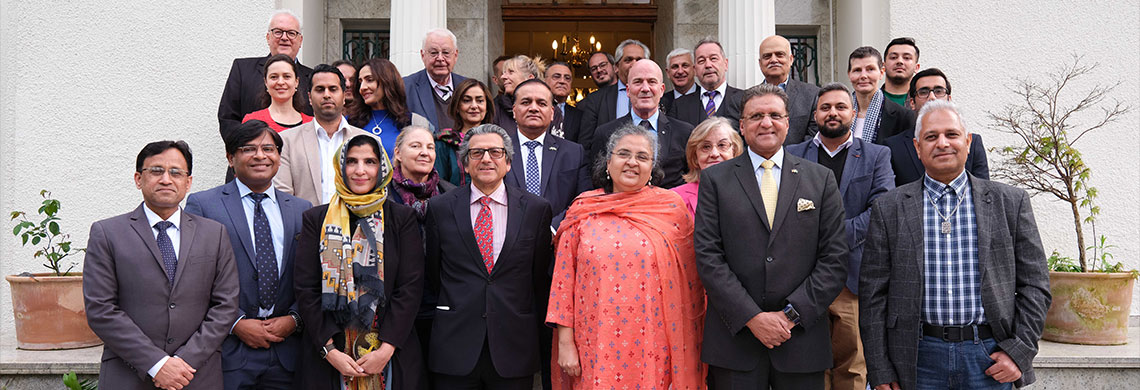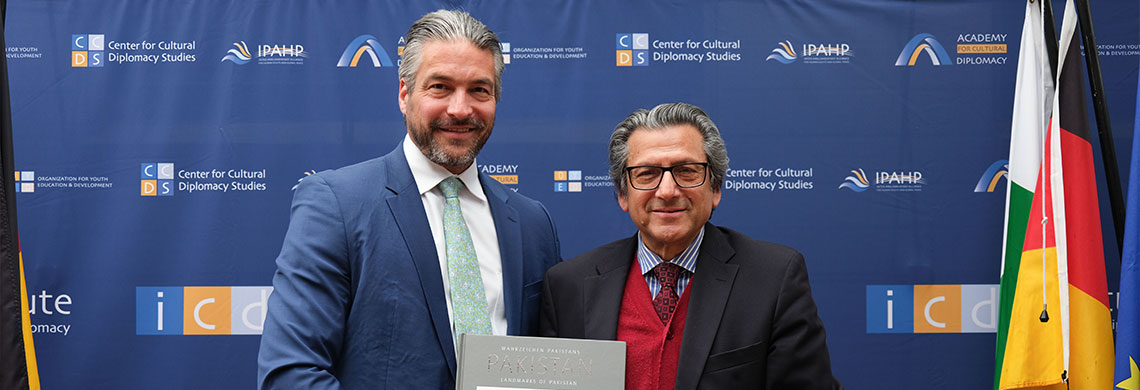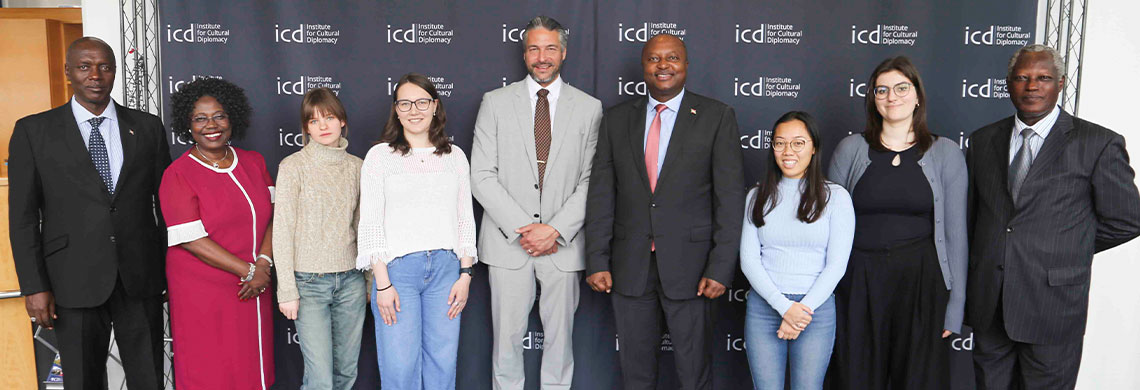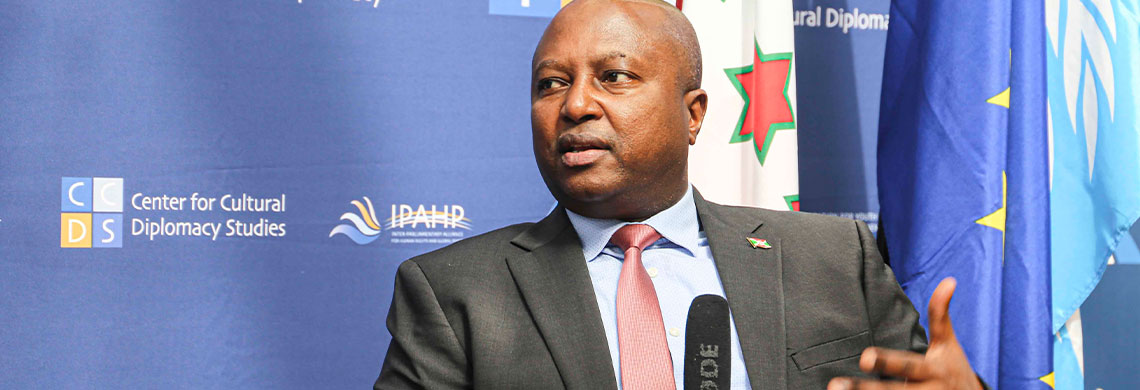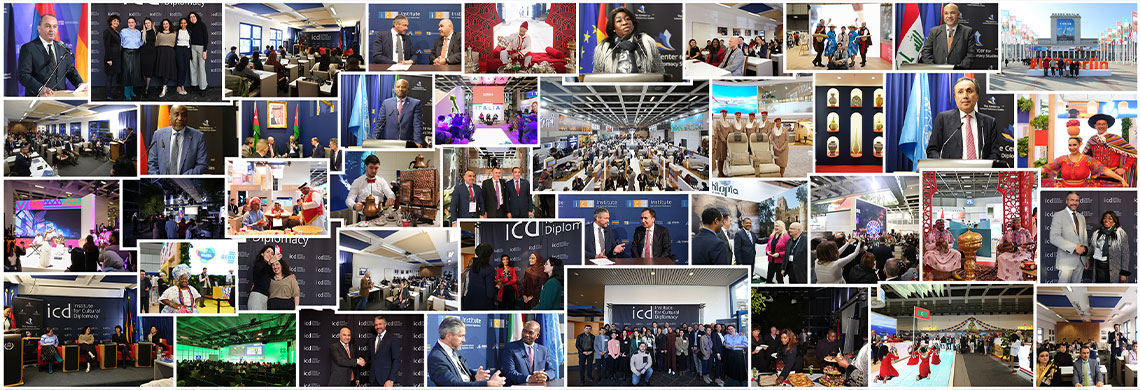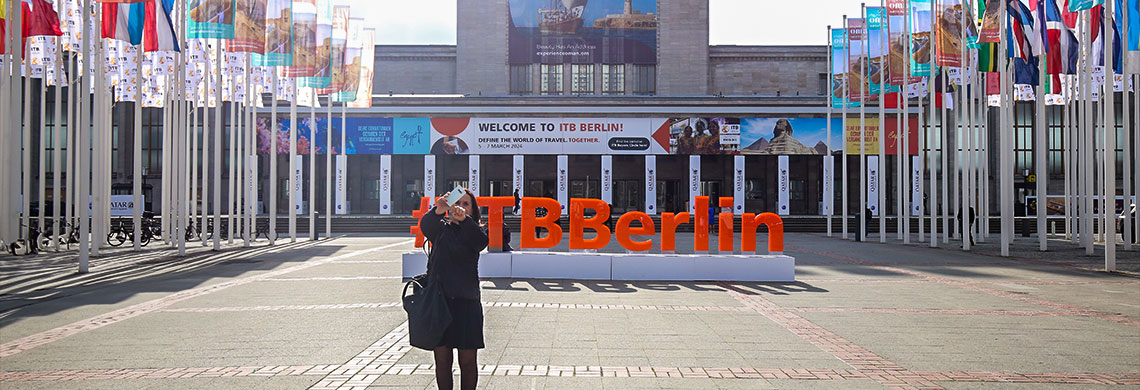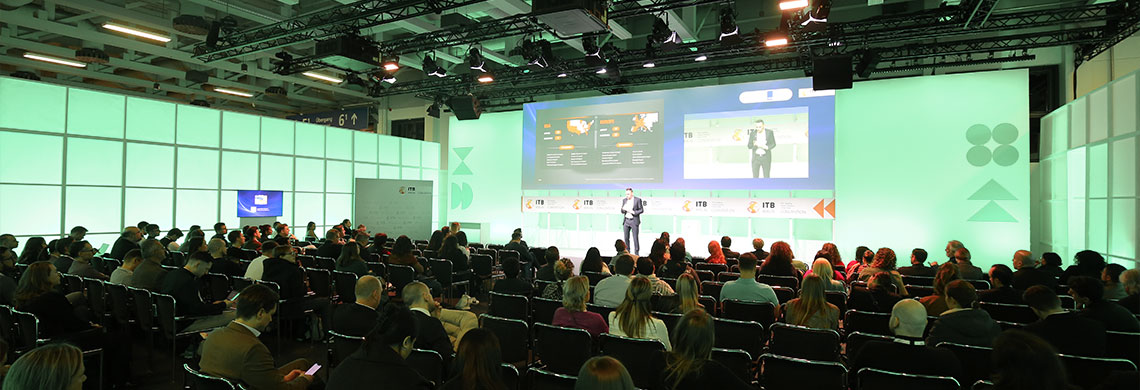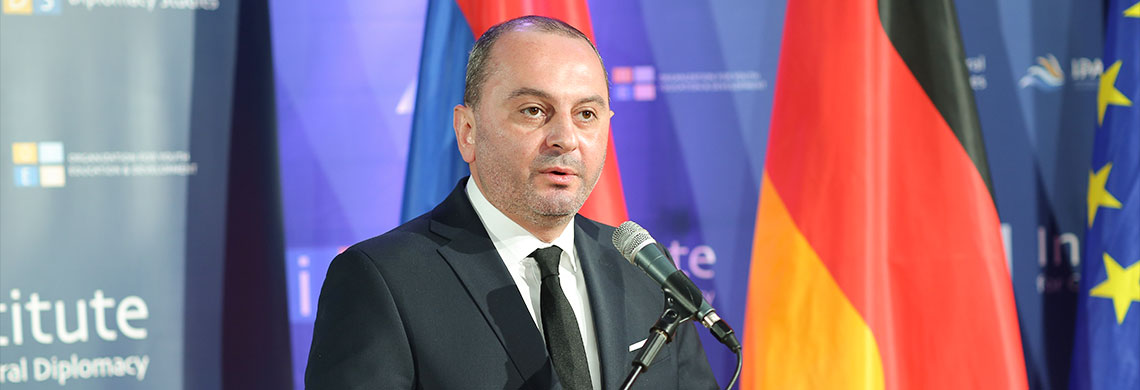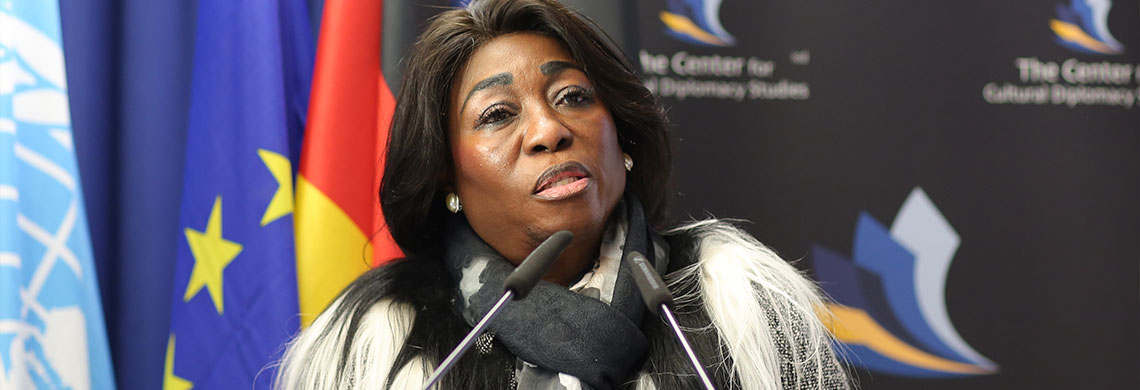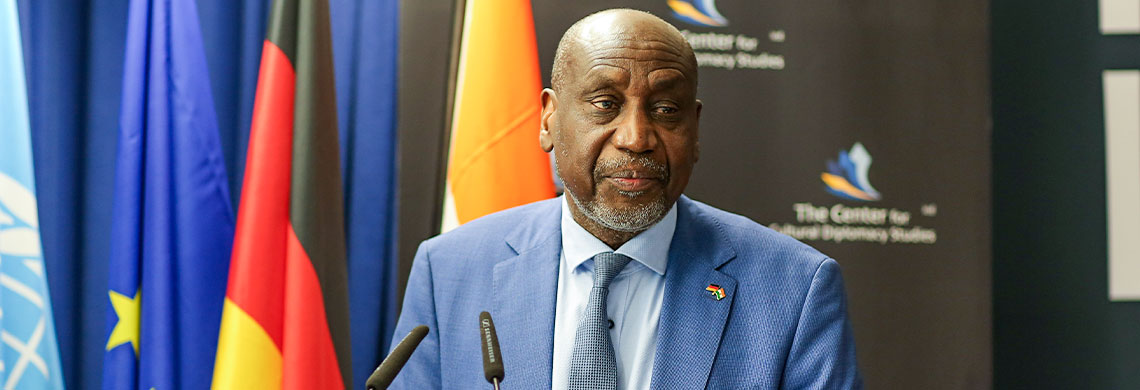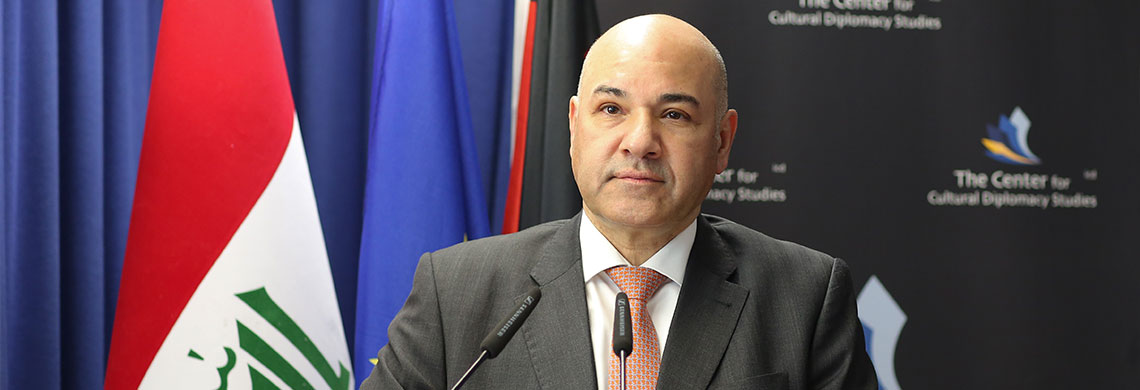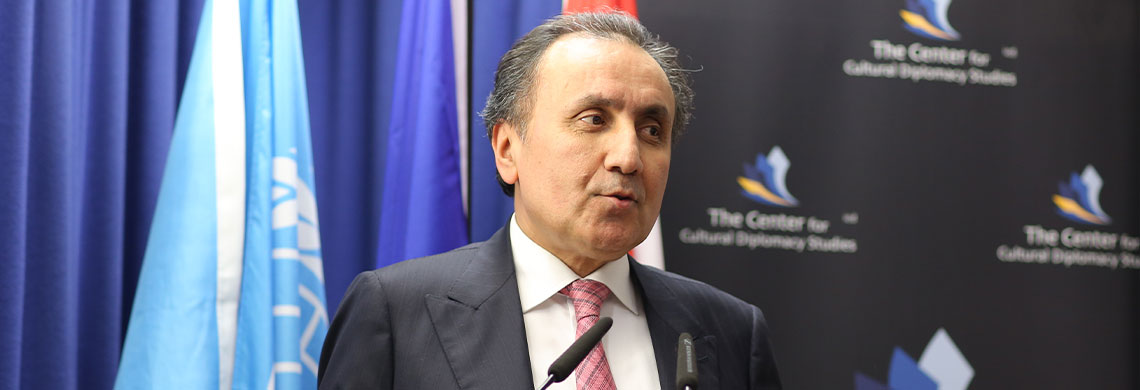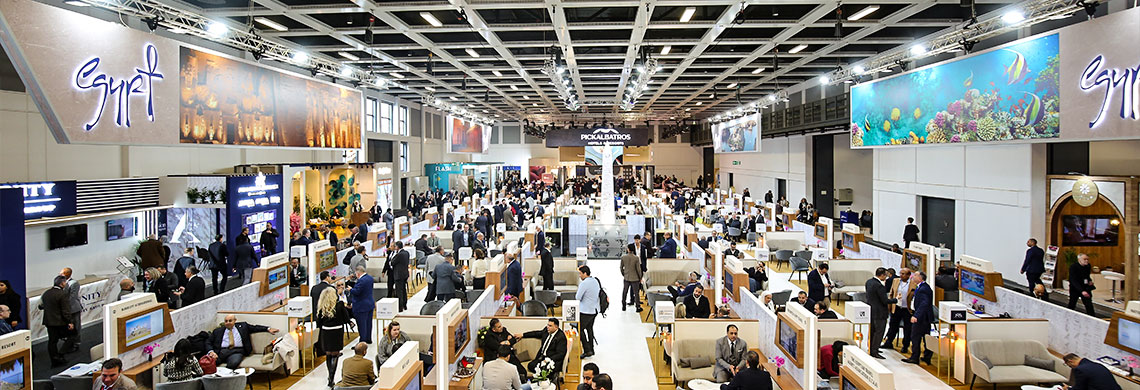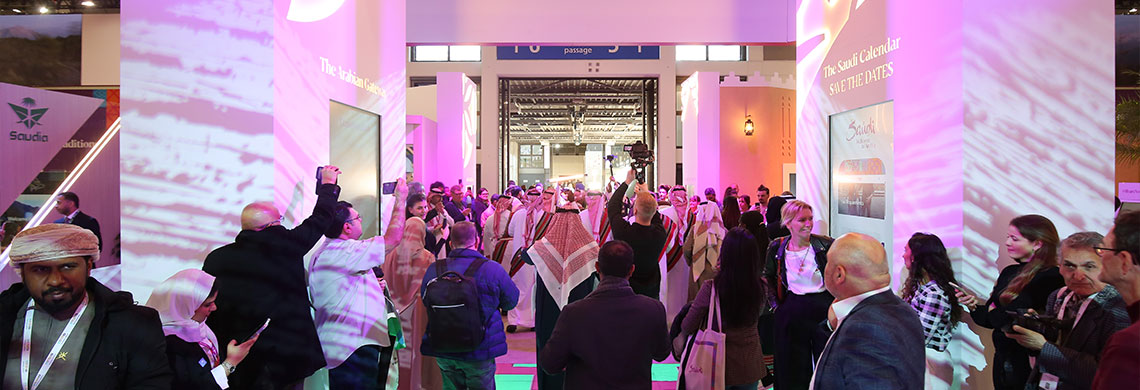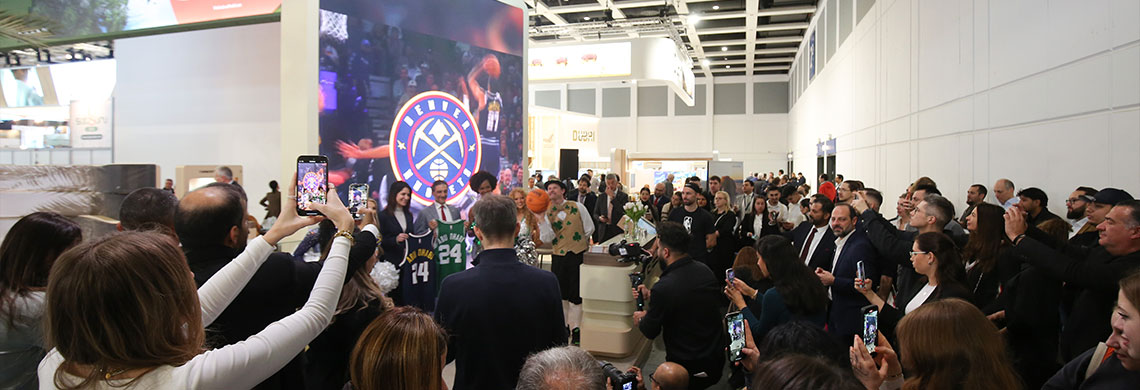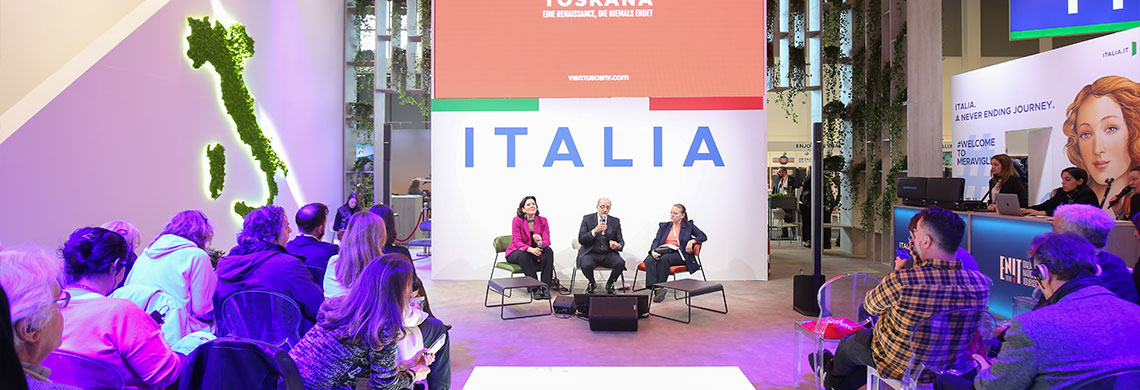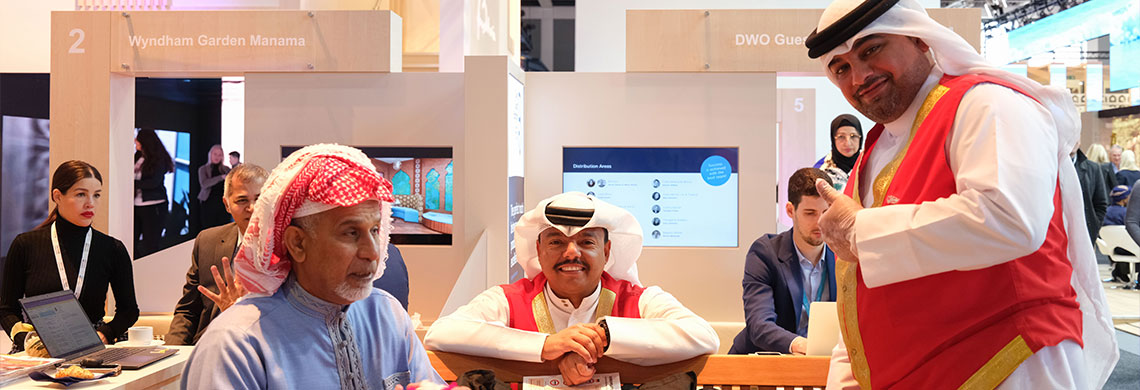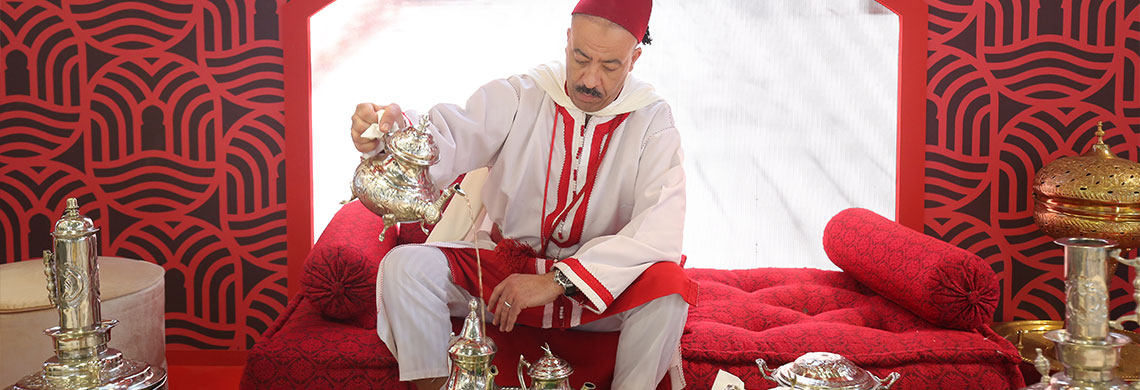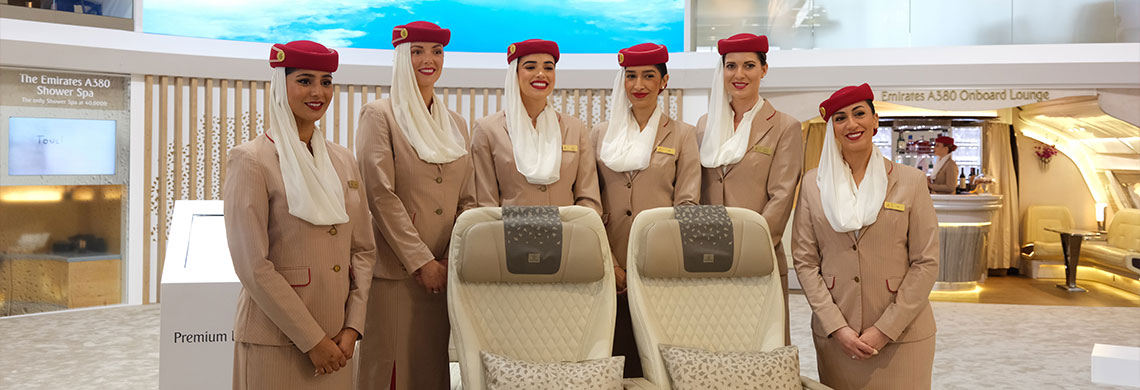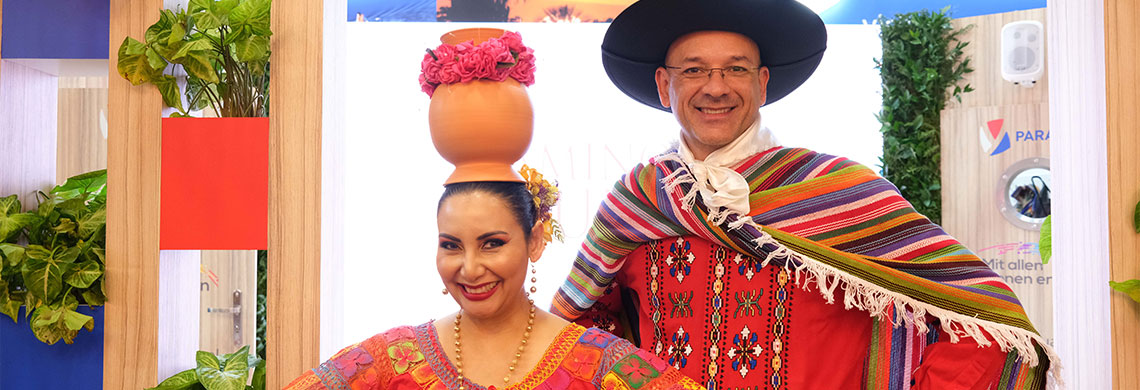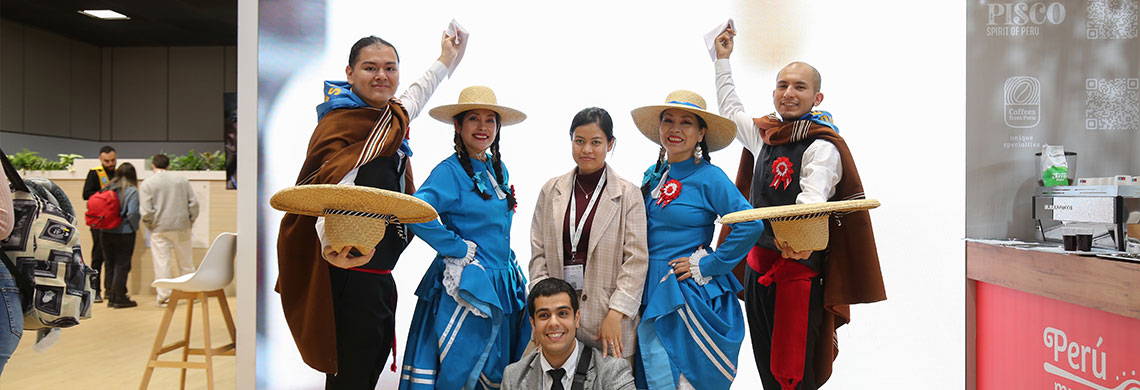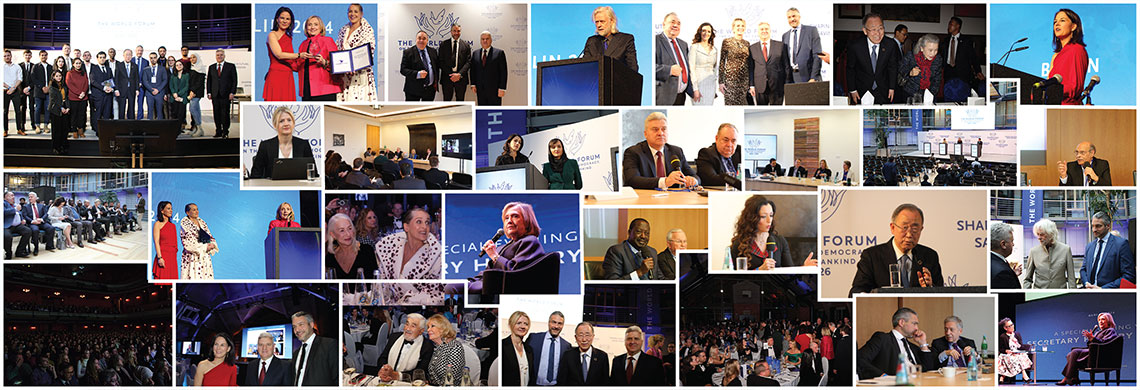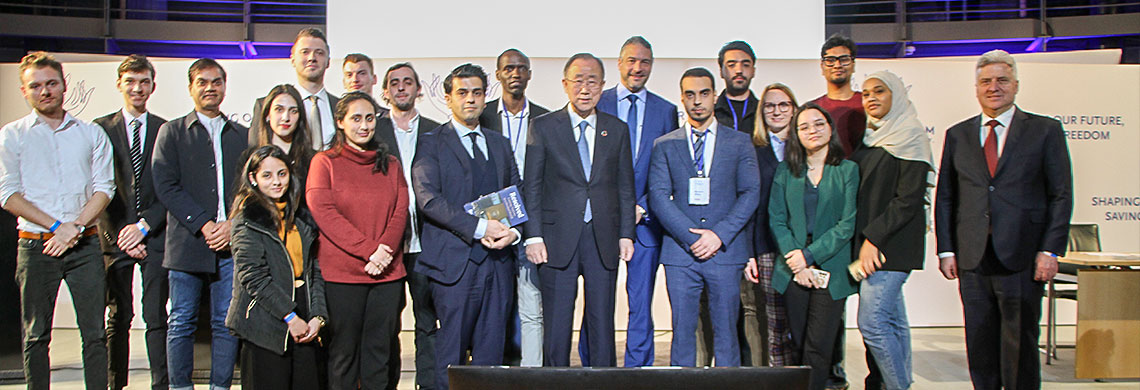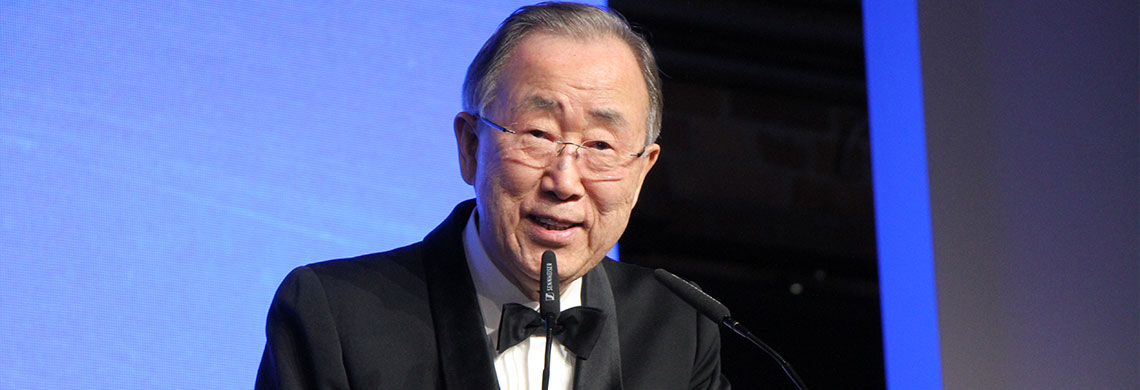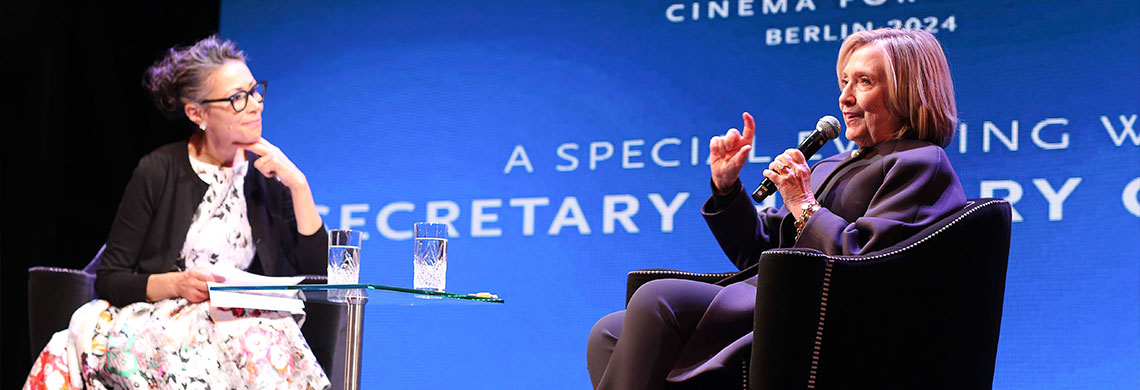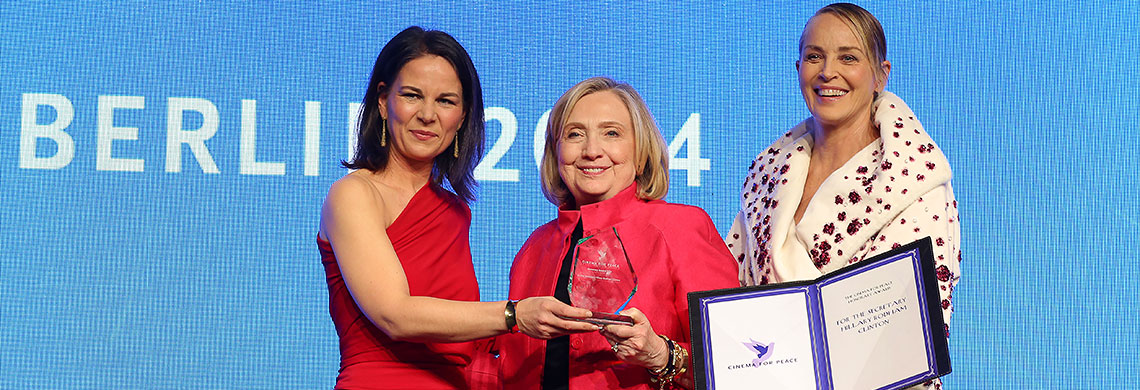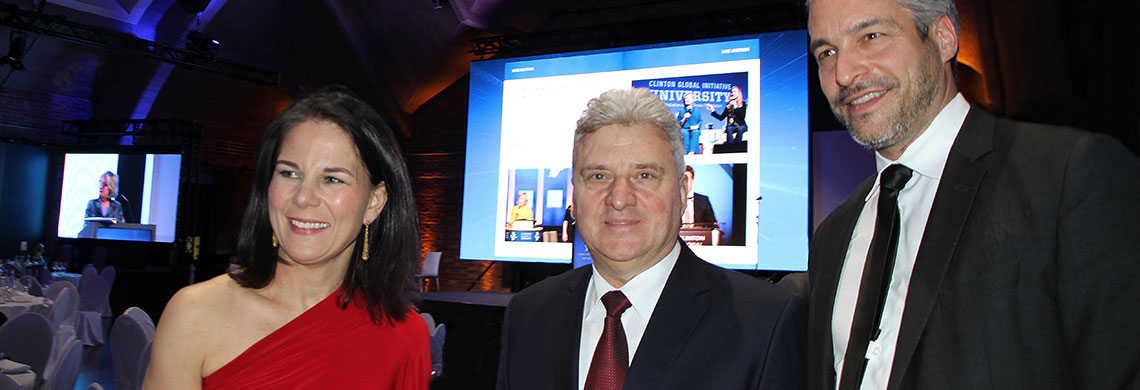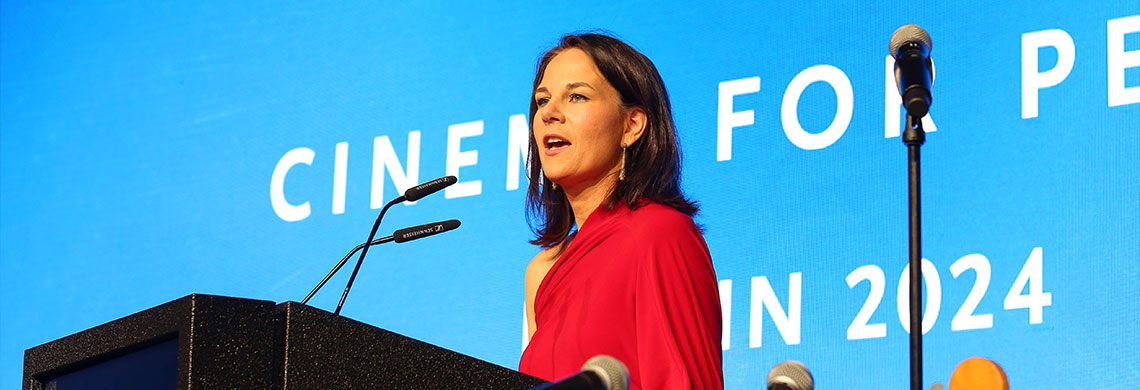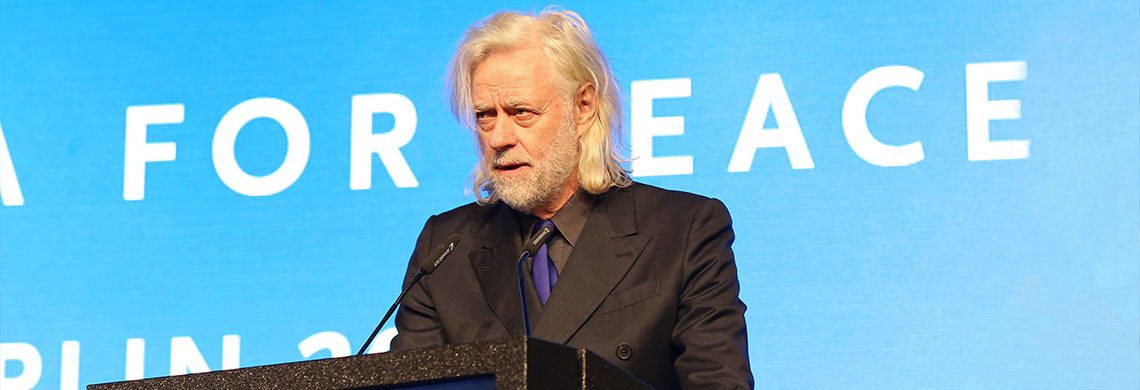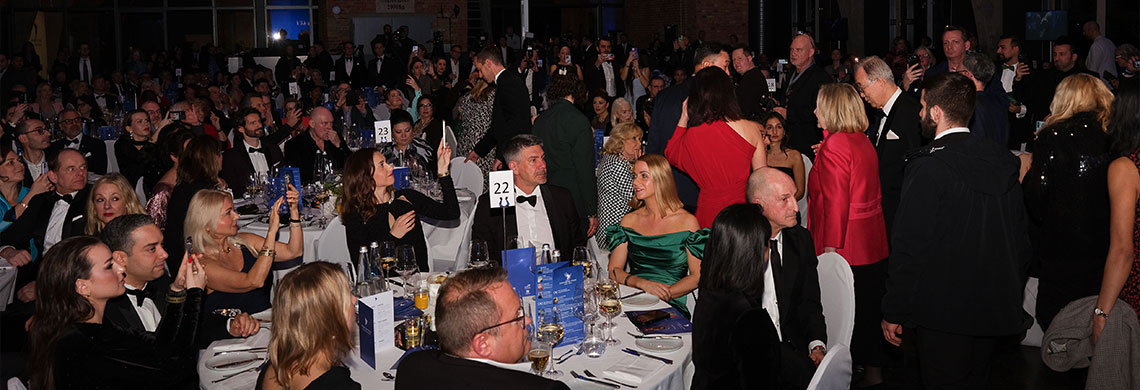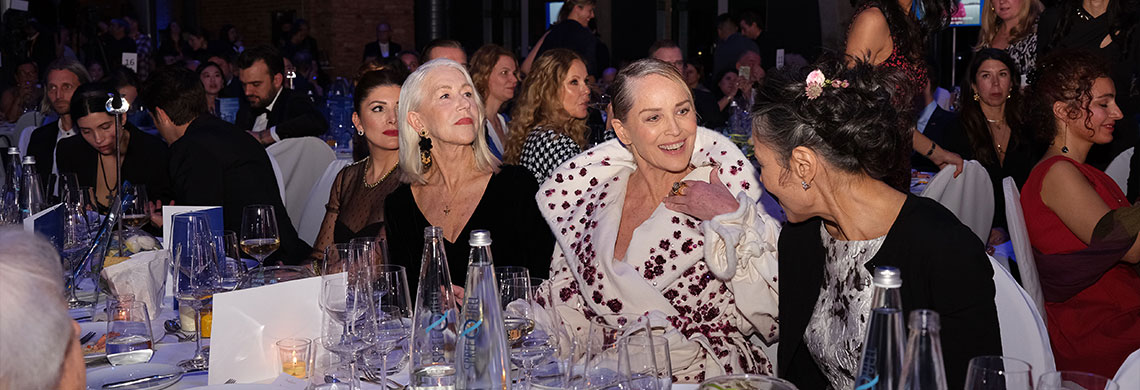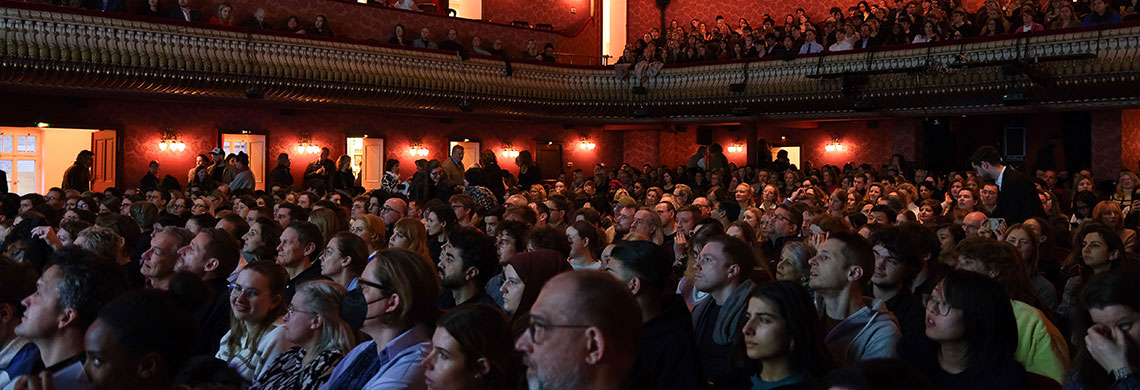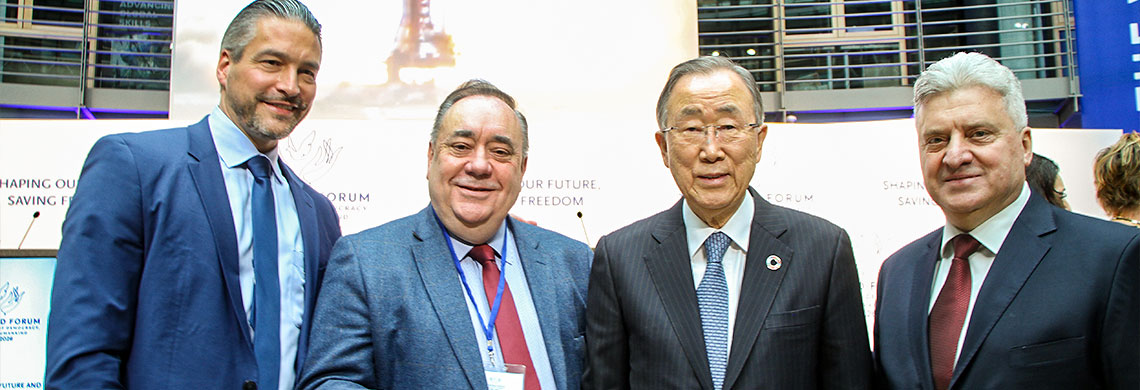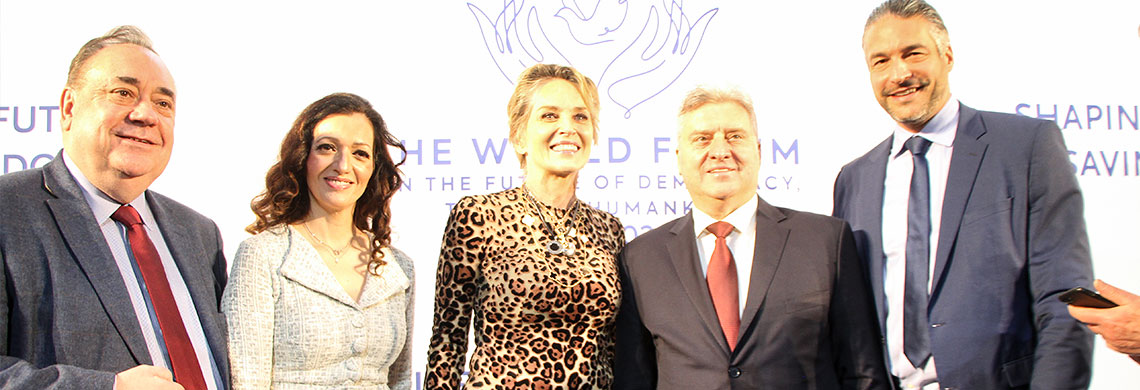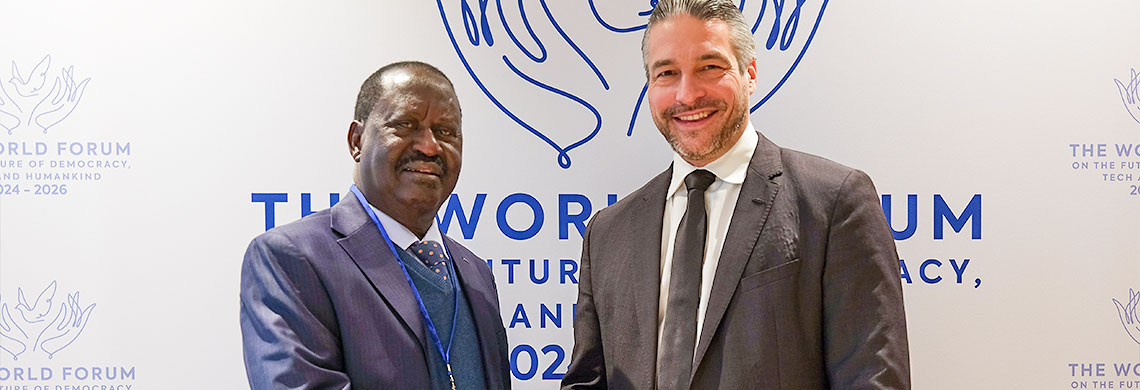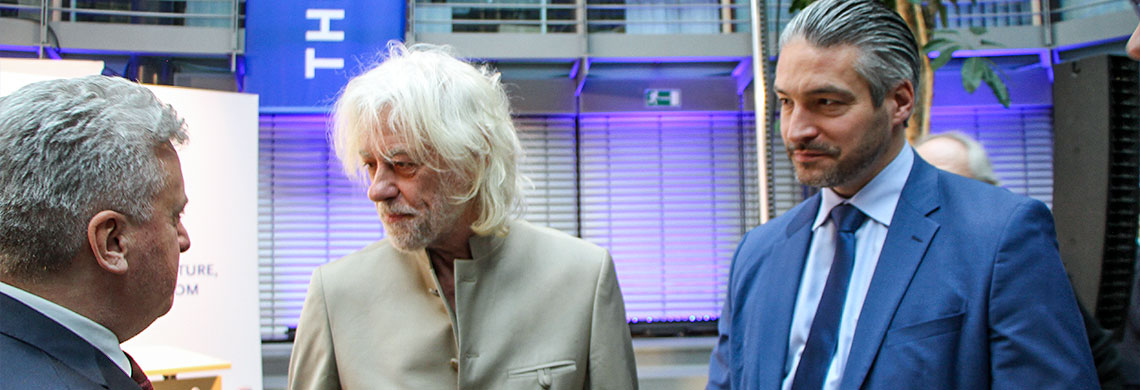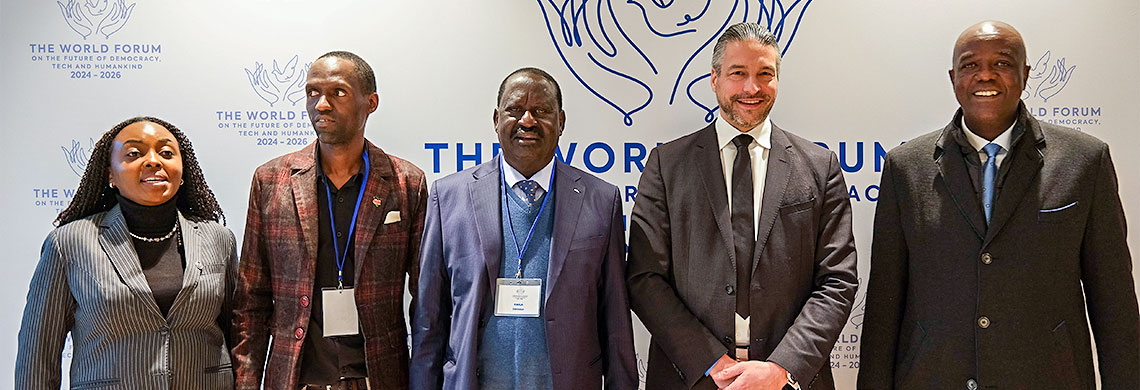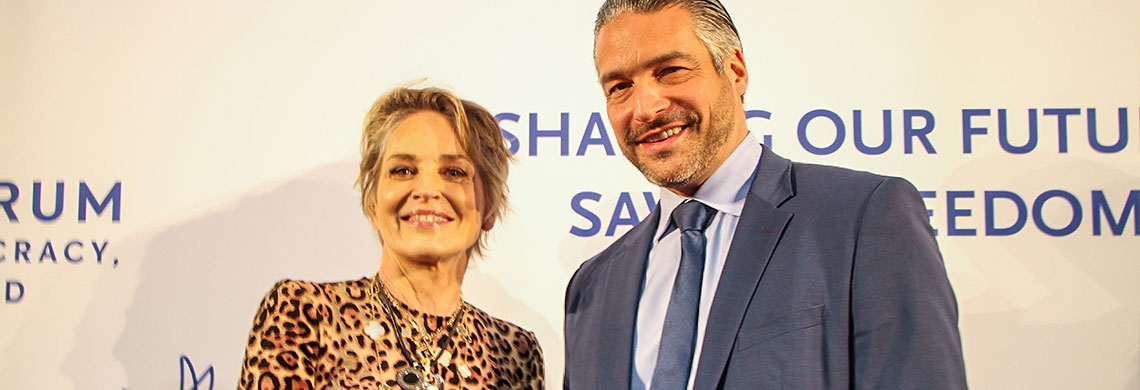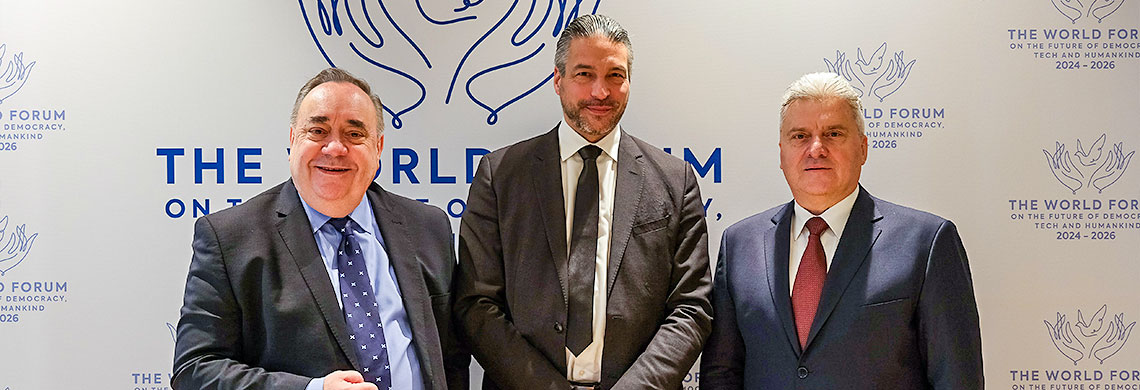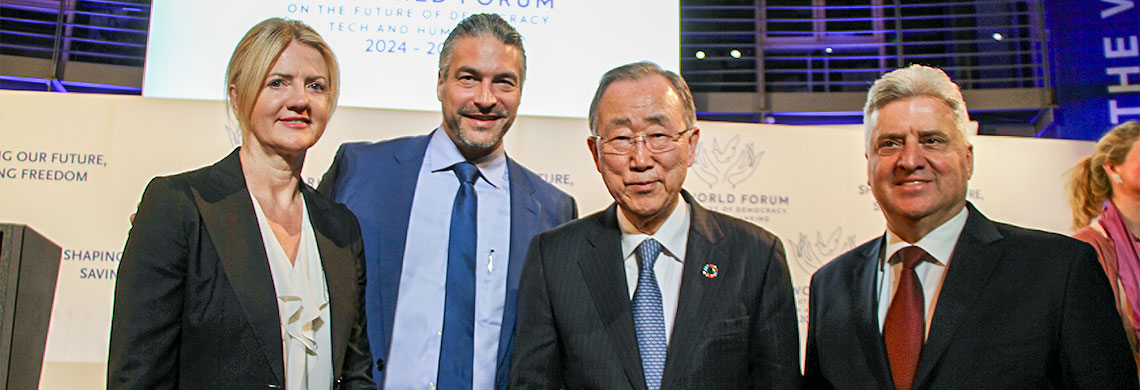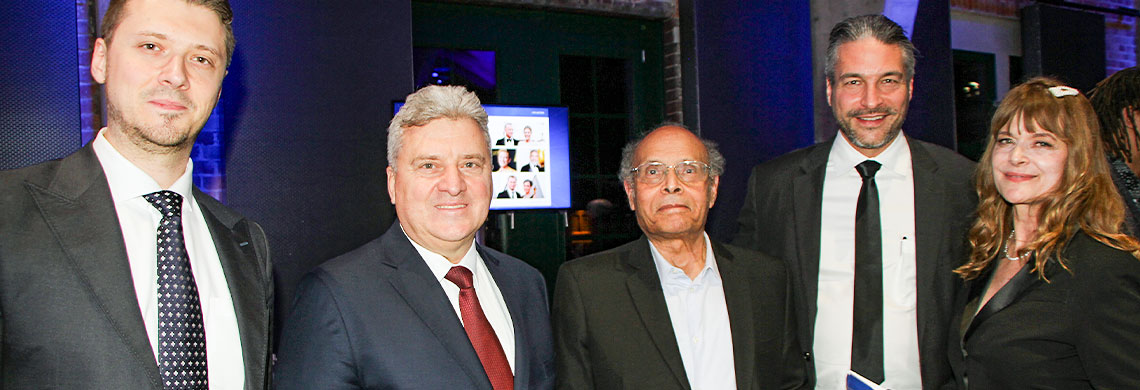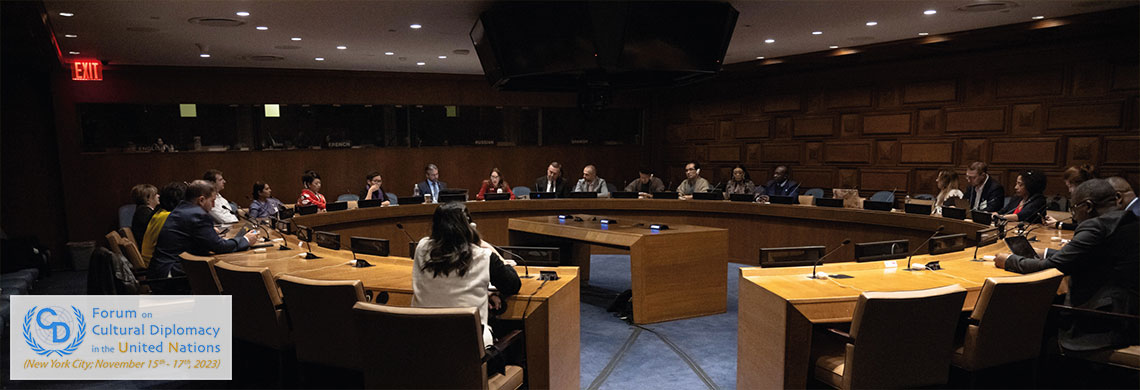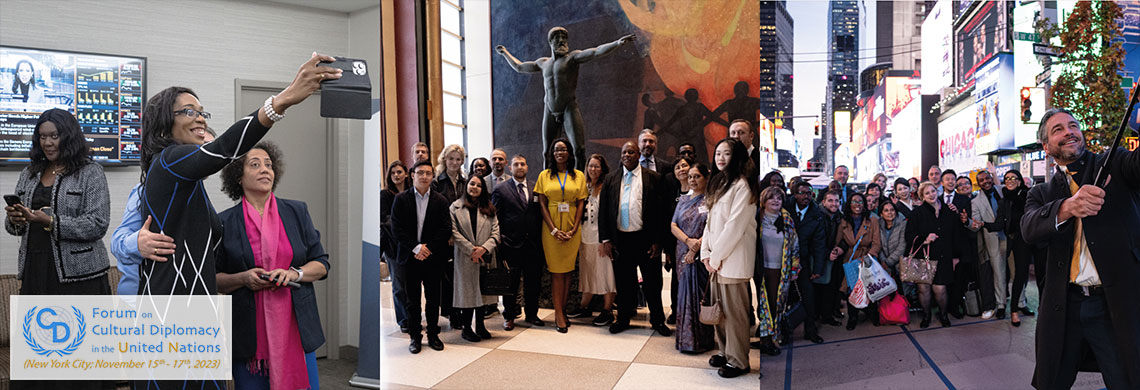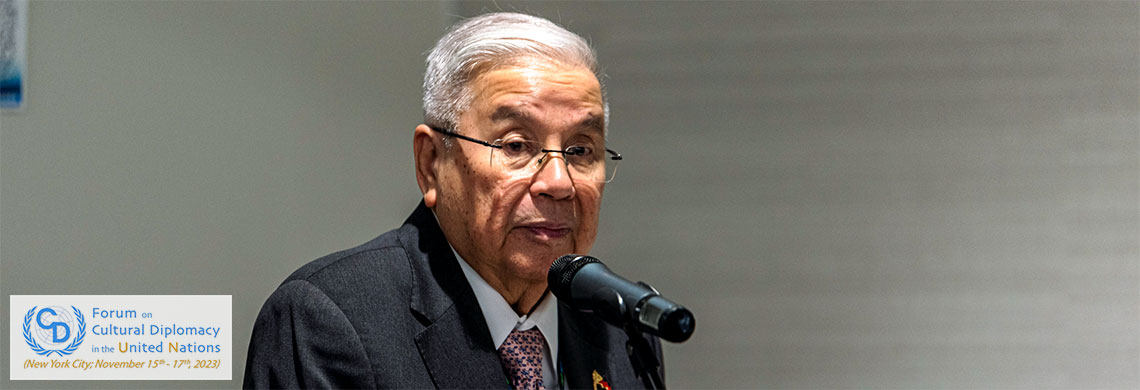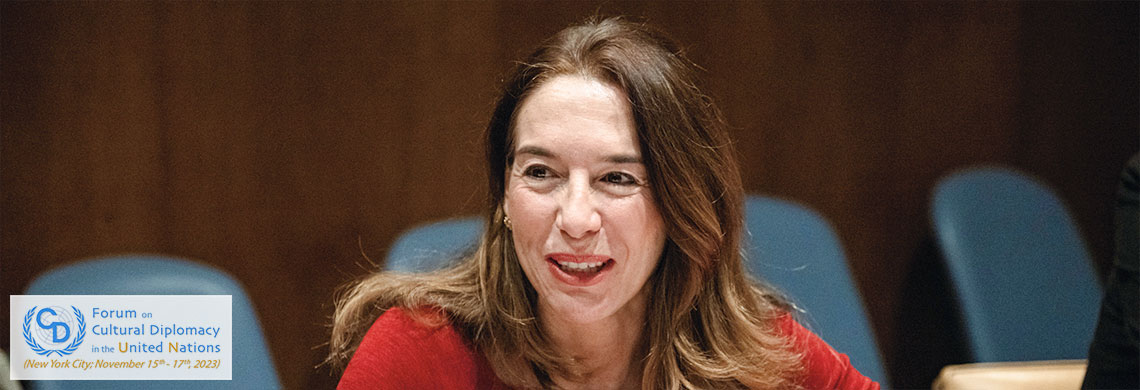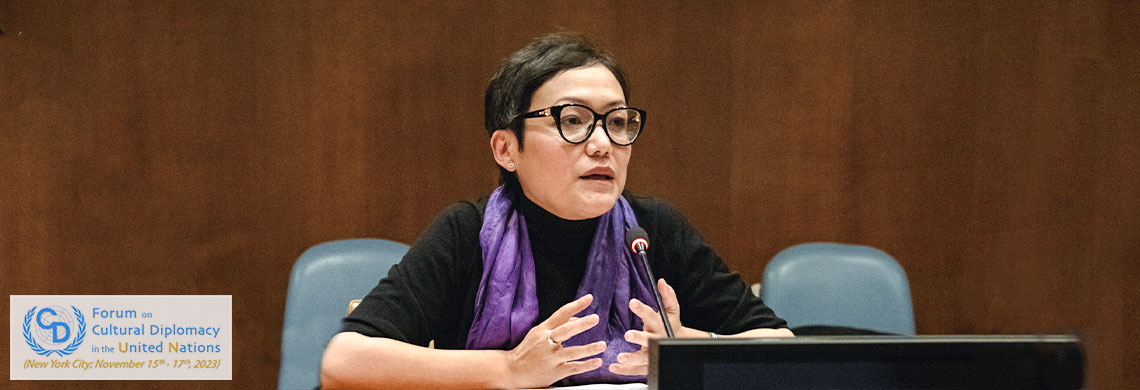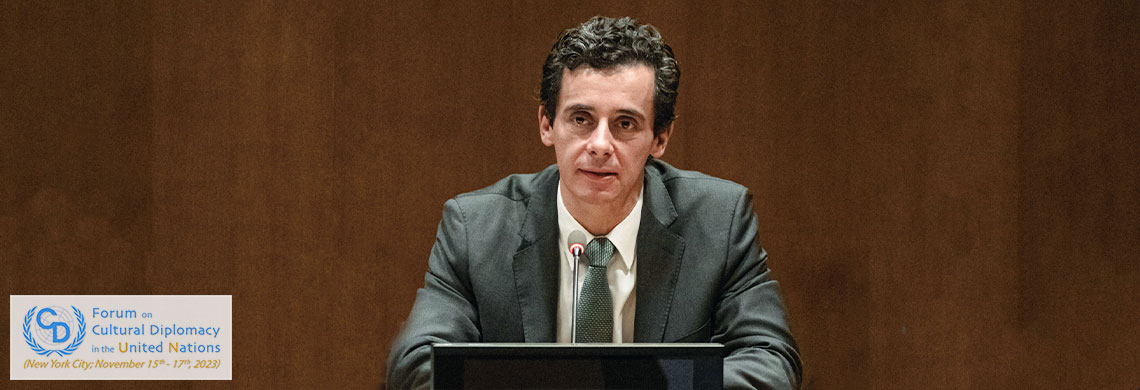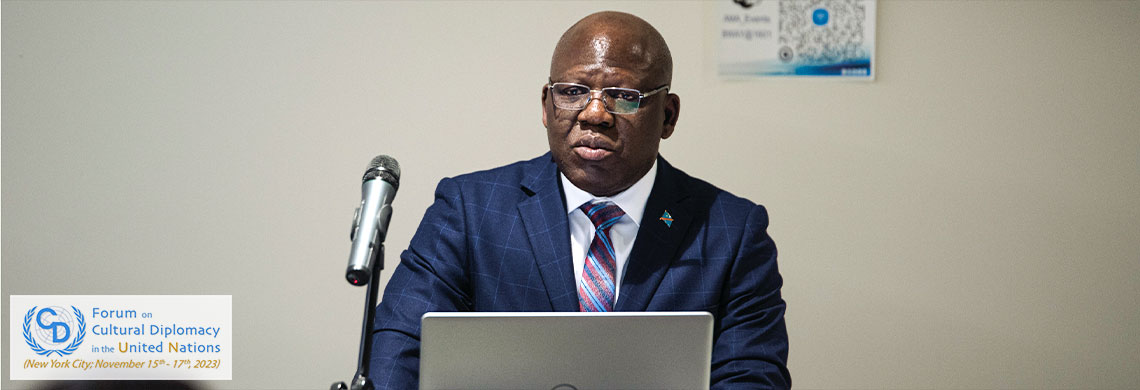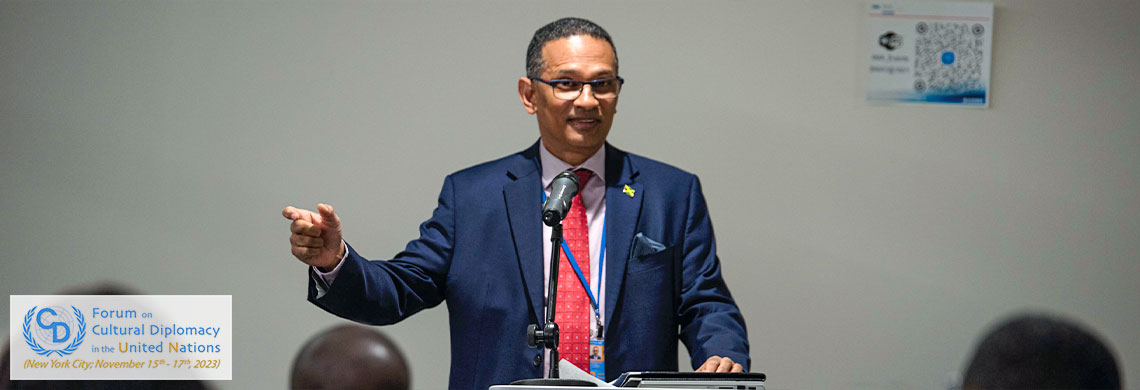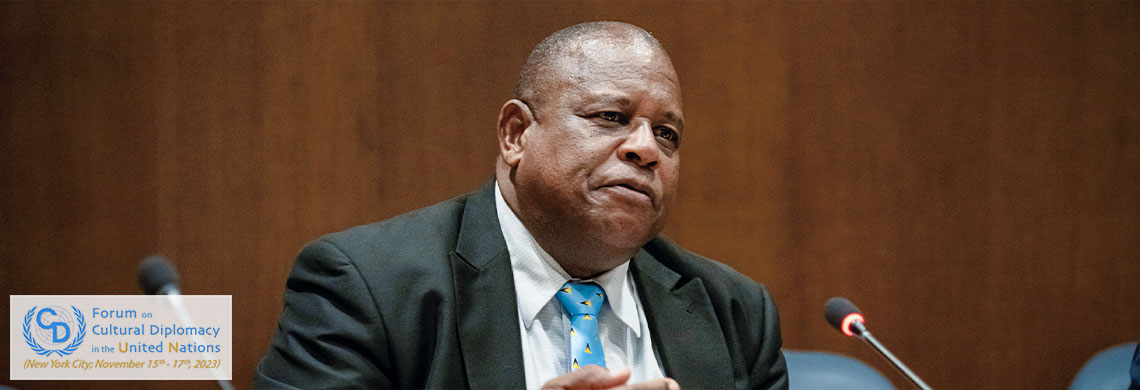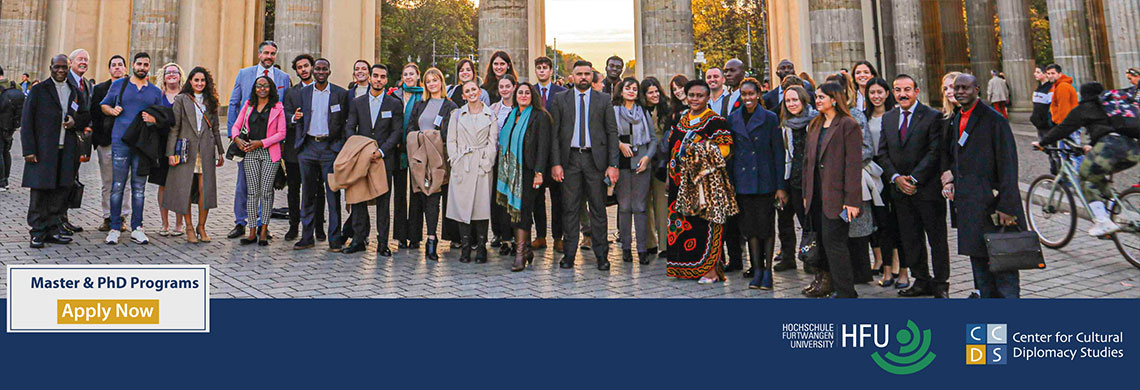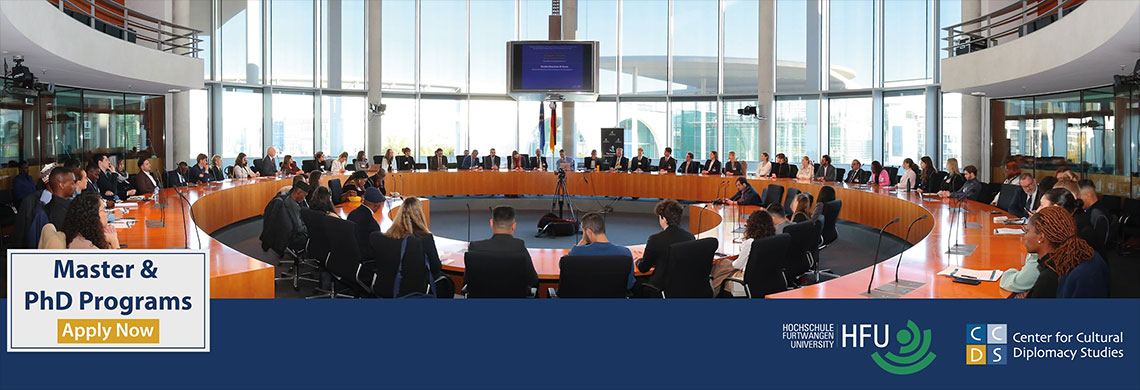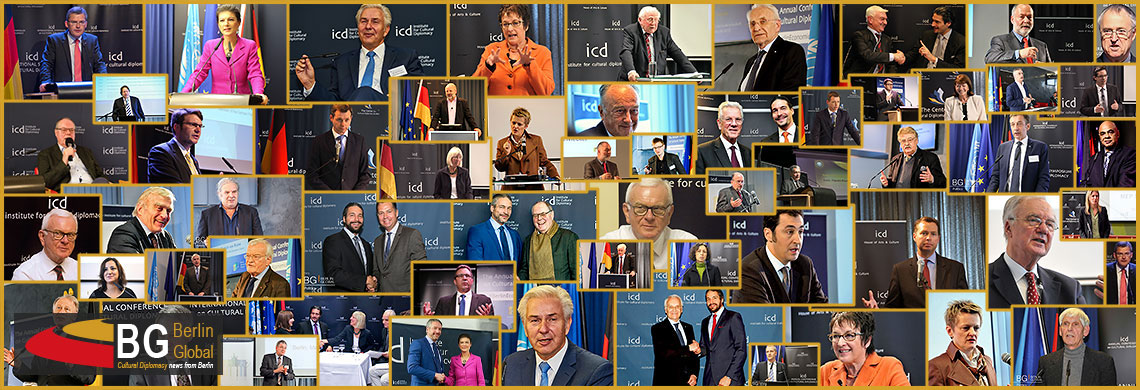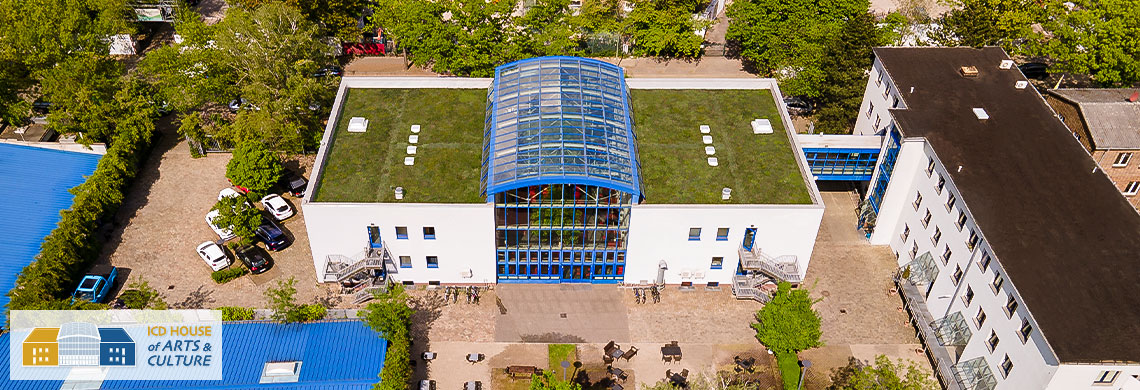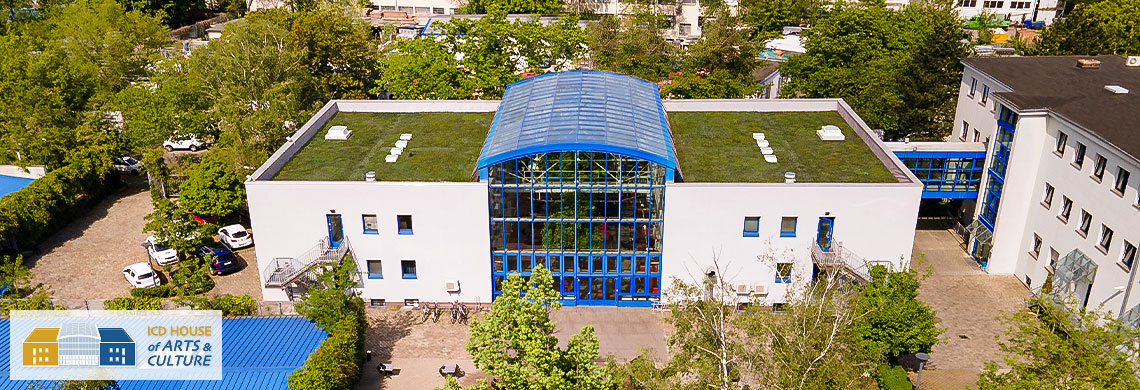The Future of EU Foreign Policy
An International Conference on the Political, Economic and Cultural Dimensions of EU Foreign Policy
| Location | Description |
|---|---|
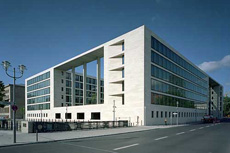 |
German Foreign Office (Auswärtiges Amt) Few buildings have experienced Berlin's turbulent history to the extent of the German Foreign Ministry. Built between 1934 and 1940 as an extension of the German Reichsbank, the building was used by the National Socialists to formulate economic policy and the financing of the Second World War. More recently, it was here that the treaty for the reunification of Germany was signed. Although the building has been modernised and expanded, care has been take to preserve its character and unique history. |
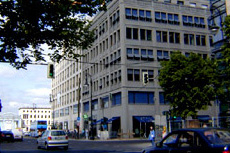 |
European House Berlin Berlin's European House is located in the heart of the city, on the famous boulevard Unter den Linden. The building is situated opposite the Adalon, one of the world's most exclusive hotels, and a short walk from Pariser Platz, the Brandenburg Gate, and the Reichstag. The location is home to the European Commission representation in Germany. |
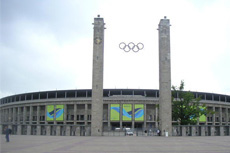 |
Olympic Stadium The Olympiastadion (Olympic Stadium) is a sports stadium in Berlin. There have been two stadia on the site: the present facility, and one that was built for the aborted 1916 Summer Olympics. Both were designed by members of the same family, the first by Otto March and the second by his son Werner March. The current Olympiastadion was originally built for the 1936 Summer Olympics in the southern part of the Reichssportfeld (today Olympiapark Berlin). During World War II, the area suffered little damage. After the war, the United Kingdom military occupation used the northern part of the Reichssportfeld as its headquarters until 1994. |
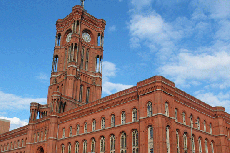 |
Berlin City Hall Located in the heart of East Berlin, close to the TV Tower and a short walk from the famous Unter den Linden Boulevard, Berlin's City Hall is an impressive building. Home to the Berlin Senate and the offices of the Berlin Mayor, the "Red" City Hall has been in use since 1869 and holds a unique place in the city's history. |
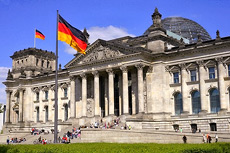 |
German Parliament The seat of the German Parliament, the Reichstag, is closely linked to the modern history of Berlin. Burnt down under suspicious circumstances in 1933, stranded in No-Man's Land during the Cold War, and then "unwrapped' as the home of the German Parliament once again in 1995. The glass dome on the roof of the building, designed by British architect Sir Norman Foster, symbolizes the transparency of modern German government institutions. |
 |
Berlin Theatre on Kurfürstendamm Opened on 8th October 1921, The Theatre am Kurfürstendamm is an important cultural venue in the heart of West Berlin. Badly damaged during the Second World War, the theatre was rebuilt in1946 and reopened the following year. Since then it has housed performances starring some of Germany's most revered actors and is one of the best-known and most well-respected private theatres in the country. |
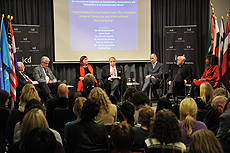 |
ICD House for Arts & Culture The ICD House of Arts & Culture (ICD House) is a multi-purpose location that has been designed to support Berlin's civil society and the city's diverse cultural communities by providing a platform for their activities. Run by the Institute for Cultural Diplomacy, its purpose is to raise awareness of and celebrate the city's cultural diversity amongst the general public as well as providing a forum for discussion on salient political and cultural issues from across the world. |



